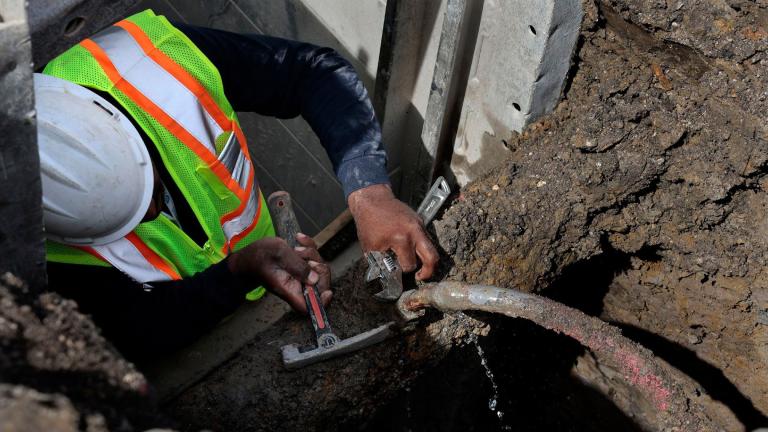 (StockSnap / Pixabay)
(StockSnap / Pixabay)
Spending time in nature recharges your brain’s ability to focus on a task. But if you’re tweeting, sending emails or scrolling through Instagram while enjoying the great outdoors, your brain isn’t getting the benefits that nature offers, according to a new study.
“The space conveys no benefits if your head is in your device,” said University of Illinois professor William Sullivan, a co-author of the study who heads up the school’s landscape architecture department, in a statement.
Previous studies by Sullivan and other researchers have explored a concept called attention restoration theory, which posits that being in a natural setting helps you recover from mental fatigue.
When you pay attention to a task, your brain filters out competing stimuli – from both the world around you and your own thoughts. This allows you to focus. But according to this new study, published in the journal Environment and Behavior, when you are constantly connected to others through digital technologies, your capacity to pay attention declines.
To explore the impact of using electronic devices in nature, participants were placed in either a green space or a barren setting that featured views of parking lots, walls or buildings. Each setting included participants with and without laptops. The study included a trio of attention tests, conducted before participants performed 10 minutes of cognitive activities like proofreading and subtraction; before taking a 15-minute break; and after that break.
During the break, those with laptops could use them for leisure activities, like using social media or online shopping (work-related activities were not allowed).
Researchers found only those who had rested in a green space without a laptop showed significant improvement in their scores on the final test – the one following the break. For the remainder, “a 15-minute break was the equivalent of no break at all,” researchers said. “It is not enough to go to a green space. You have to put aside your electronic devices in that space.”
The findings could help designers and planners create green spaces that pull people’s attention away from their devices by including waterfalls or areas that attract animals or butterflies, according to Sullivan.
“They can help people deal with the stress of the day and mental fatigue by creating landscapes that are hard not to look at,” he said. “Designers need to think about what makes people put their phones down.”
In their next study, Sullivan and other researchers plan to next examine how much time in nature is needed to restore the brain’s capacity to pay attention.
Contact Kristen Thometz: @kristenthometz | [email protected] | (773) 509-5452
Related stories
Rare Smooth Green Snakes to be Released into Restored Suburban Habitat








